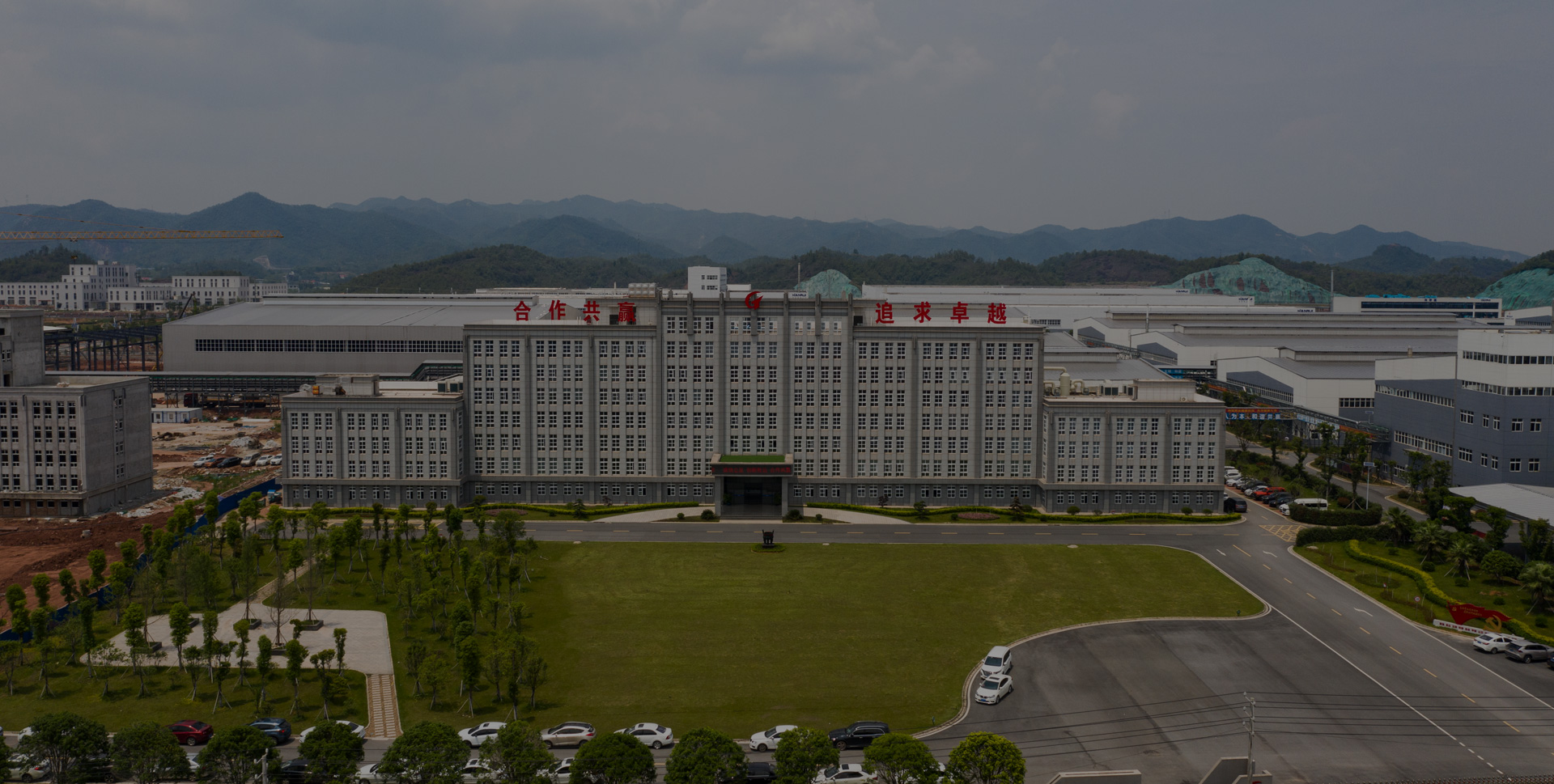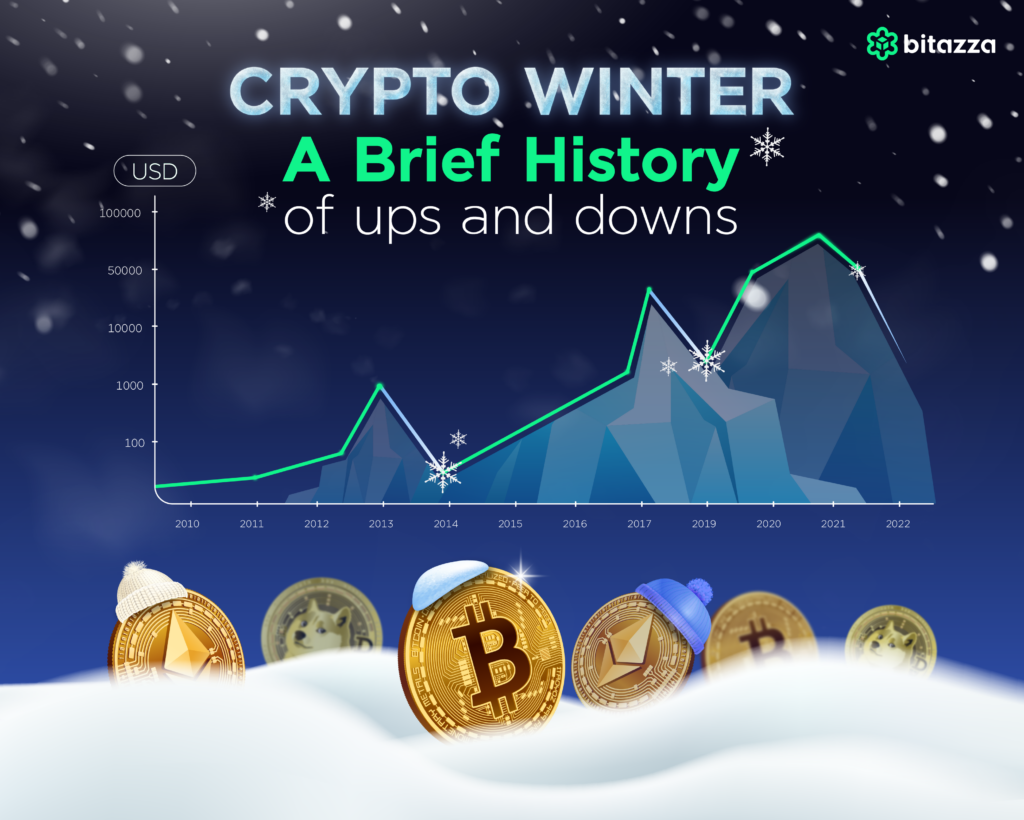Alright, folks, let’s cut to the chase. Rio Tinto just dropped its Q1 production numbers, and they’re… underwhelming, to say the least. We’re looking at a 10% year-on-year drop in Pilbara iron ore production, hitting 69.8 million tonnes. That’s a significant dip and signals some serious headwinds for the iron ore market.

Shipments from the Pilbara are also down 9% year-on-year at 70.7 million tonnes. And it’s not just Australia feeling the pinch. Their Canadian iron ore operations (IOC) saw a combined production decrease of 11% year-over-year.
Now, before you panic, Rio is maintaining its full-year Pilbara shipment guidance of 323-338 million tonnes. But let’s be real—this first quarter performance throws a bit of a shadow on that outlook. Is this a temporary blip, or the start of a broader trend?
Let’s dive a little deeper into what’s driving this. We need to consider factors like weather disruptions – Pilbara has seen some seriously intense weather recently. Also, ongoing operational challenges, potential disruptions in supply chain, and the fluctuating demand in China, the biggest iron ore consumer are all potentially at play.
Here’s a quick breakdown for those keeping score:
Iron ore is a crucial indicator of global economic health. A decline in production, even if temporary, can signal a slowdown in demand and broader economic concerns. When production decreases, it usually means reduced infrastructure investments and a slowdown in manufacturing.
Pilbara, Western Australia, is a major global iron ore hub, responsible for a huge chunk of the world’s supply. Rio Tinto is one of the leading producers in that region, and their data is key for market observers.
The concept of ‘guidance’ in the mining industry refers to a company’s forecast for production or shipments. Maintaining guidance despite lower initial results can be a positive signal, but requires scrutiny.
These production numbers illustrate how reliant the global economy is on a few key players and regions for critical commodities like iron ore. A disruption in one area can send ripples throughout the entire system. Don’t sleep on this, folks. This isn’t just about iron ore; it’s about the global economic landscape.





